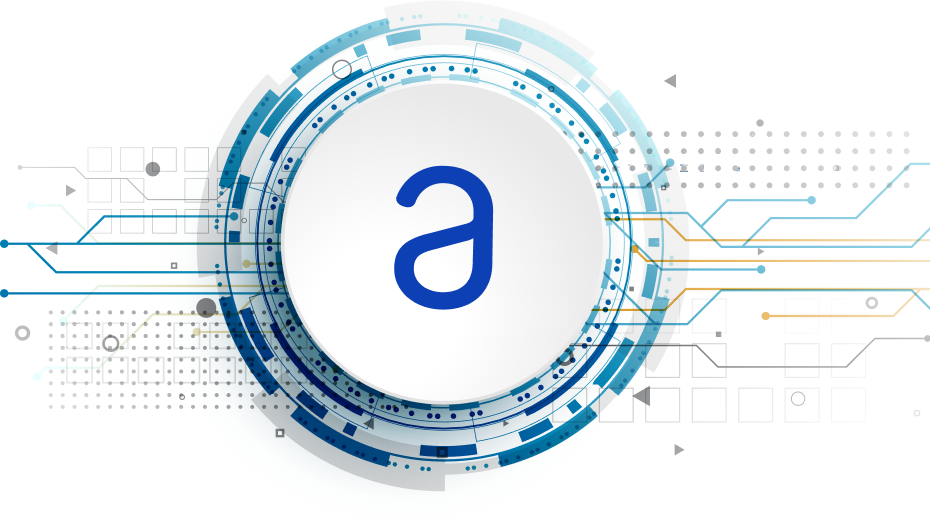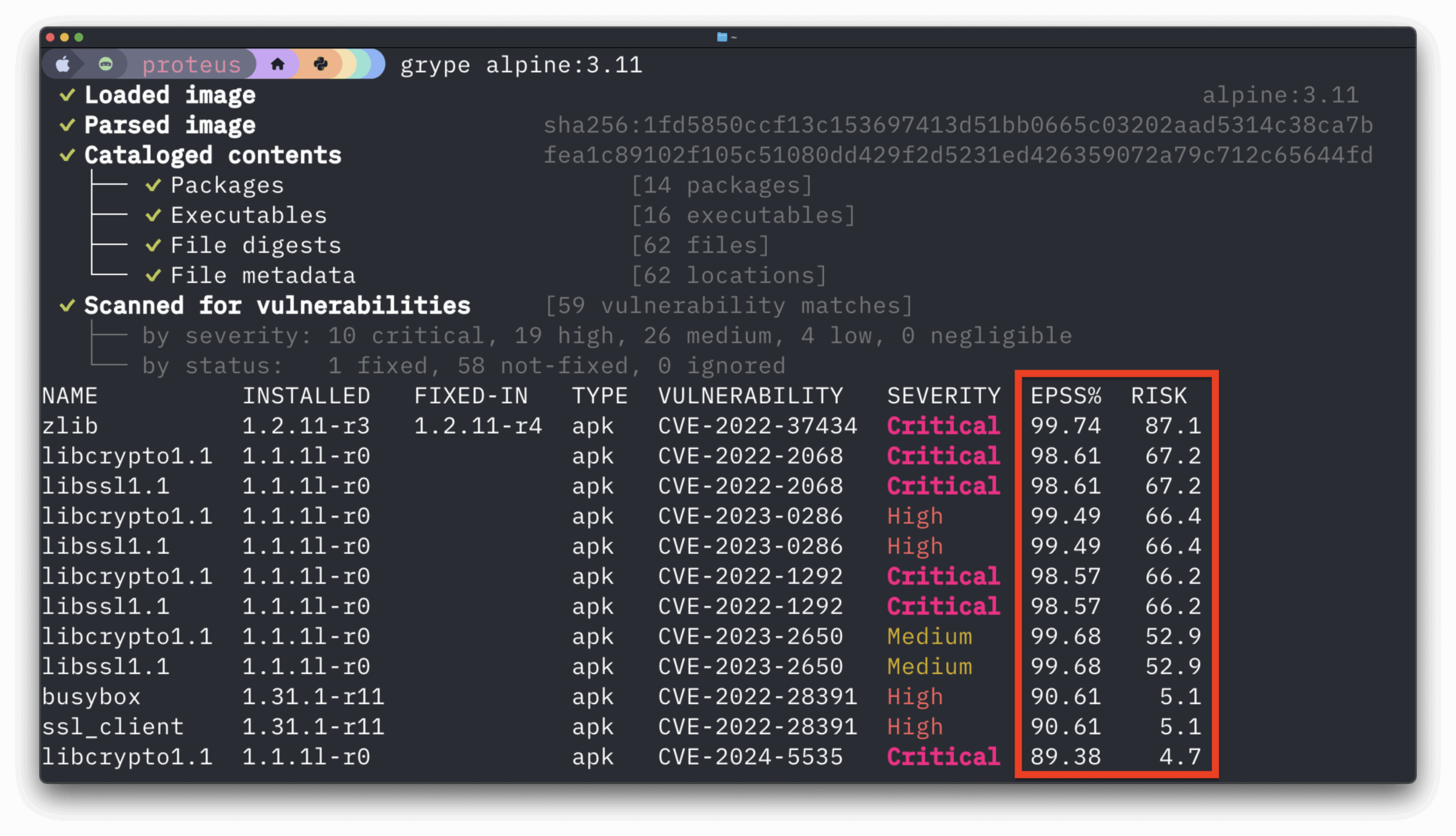Build versus buy is always a complex decision for most organizations. Typically there is a tipping point that is hit when the friction of building and running your own tooling outweighs the cost benefits of abstaining from adding yet another vendor to your SaaS bill. The signals that point to when an organization is approaching this moment varies based on the tool you’re considering.
In this blog post, we will outline some of the common signals that your organization is approaching this event for managing software supply chain risk. Whether your developers have self-adopted software development best practices like creating software bills of material (SBOMs) and now you’re drowning in an ocean of valuable but scattered security data, or you’re ready to start scaling your shift left security strategy across your entire software development life cycle, we will cover all of these scenarios and more.
Challenge Type: Scaling SBOM Management
Managing SBOMs is getting out of hand. Each day there is more SBOM data to sort and store. SBOM generation is by far the easiest capability to implement today. It’s free, extremely lightweight (low learning curve for engineers to adopt, unlike some enterprise products), and it’s fast…blazing fast! As a result of this, teams can quickly generate hundreds, thousands (even millions!) of SBOMs over the course of a fiscal year. This is great from a data security perspective but creates its own problems.
Once the friction of creating SBOMs becomes trivial, teams typically struggle with good ways to store and manage all of this new data. Just like any other context, questions arise about how long to retain data, query the data for security related issues, or even integrate all of that data with third party tooling to glean actionable security insights. Once teams have fully adopted SBOM generation in a few areas, it is a good practice to consider the best way to manage the data so your developers’ time is not in vain.
Anchore Enterprise helps in a variety of ways, not just to manage SBOMs but to detect SBOM drift in the build process and alert security teams to changes in SBOMs so they can be assessed for risks or malicious activity.
Challenge Type: Regulatory Compliance
Let’s say that you just got a massive policy compliance mandate dropped in your lap from your manager. It’s your job to implement the parameters within the allotted deadline, and you’re not sure where to start.
As we’ve talked about in other posts, meeting compliance standards is more than a full-time job. Organizations have to make the decision to either DIY compliance or work with third parties that have expertise in specific standards. With the debut of revision 5 of NIST 800-53, the “Control Catalog”, more and more compliance standards require companies to implement controls that specifically address software supply chain security. This is due to the fact that many federal compliance standards build off of the “Control Catalog” as the source of truth for secure IT systems.
Whether it’s FedRAMP, a compliance framework related to NIST 800-53, or something as simple as a CIS benchmark, Anchore can help. The Anchore Enterprise SBOM management solutions offer automated policy enforcement in your software supply chain. It serves to enforce compliance frameworks on your source code repos, images in development, and runtime Kubernetes clusters.
Challenge Type: Zero-Day Response
When a zero-day vulnerability is discovered, how do you answer the question “Am I vulnerable?” Depending on how well you have structured your security practice that question can take anywhere from an hour to a week or more. The longer that window the more risk your organization accrues. Once a zero-day incident occurs, it is very easy to spot the organizations that are prepared and those that are not.
If you haven’t figured it out yet, the retention and centralized management of SBOM’s are probably one of the most useful tools in modern incident response plans for identification and triage of zero-day incidents impacting organizations. Even though software teams are empowered to make decentralized decision making they can still adhere to security principles that can benefit from a centralized data storage solution. This type of centralization allows organizations to answer critical questions with speed at critical moments in the life of an organization.
Anchore Enterprise helps answer the question “Am I vulnerable?” and it does it in minutes rather than days or weeks. By creating a centralized store of software supply chain data (via SBOMs) Anchore Enterprise allows organizations to quickly query this information and get back precise information on if a vulnerable package exists within the organization and exactly where to focus the remediation efforts. We also provide hands-on training that takes our customers through table top exercises in a controlled environment. By simulating a zero-day incident we test how well an organization is prepared to handle an uncontrolled threat environment and identify the gaps that could lead to extended uncertainty.
Challenge Type: Scaling a Shift Left Security Culture
The shift left security movement was based on the principle that organizations can preempt security incidents by implementing secure development practices earlier in the software development lifecycle. The problem with this approach arises as you attempt to scale it. The more gates that you put in to catch security vulnerabilities earlier in the life cycle slows the software development process and requires more security resources.
In order to scale shift left security practices organizations will need to adopt software-based solutions to automate these checks and allow developers to self-diagnose and remediate vulnerabilities without significant intervention from the security team. The earlier in the software development process that vulnerabilities are caught the faster secure software can be shipped.
Anchore enables organizations to scale their shift left security strategy by automating security checks at multiple points in the development life cycle. On top of that, due to the speed that Anchore can run its security scans, organizations can check every software artifact in the development pipeline without adding significant friction. Checking every deployed image during integration (CI), storage (registry) and runtime (CD) allows Anchore to scale a continuous security program that significantly reduces the potential for a vulnerable application to find its way to production where it can be exploited by a malicious adversary. The Anchore Enterprise runtime monitoring capabilities allow you to see what is running in your environment, detect issues within those images, and prevent images that fail policy checks from being deployed in your cluster or runtime environment.
Wrap-Up
The landscape of software supply chain security is increasingly complex, underscored by the rapid proliferation of SBOMs, rising compliance standards, and evolving security threats. Organizations today face the dilemma of scaling in-house security tools or seeking more streamlined and comprehensive solutions. As highlighted in this post, many of the above signals might indicate that it’s time for your organization to transition from DIY methods to a more robust solution.
Anchore Enterprise was developed to overcome the challenges that are most common to organizations. With its focus on aiding organizations in scaling their shift-left security strategies, Anchore not only ensures compliance but also facilitates faster and safer software deployment. Even though each organization has its own set of unique challenges pertaining to software supply chain security, Anchore Enterprise is ready to enable organizations to mitigate and respond to these challenges.
If you’d like to learn more about the Anchore Enterprise platform or speak with a member of our team, feel free to book a time to speak with one of our specialists.



